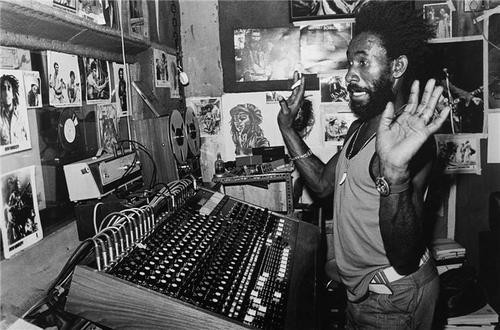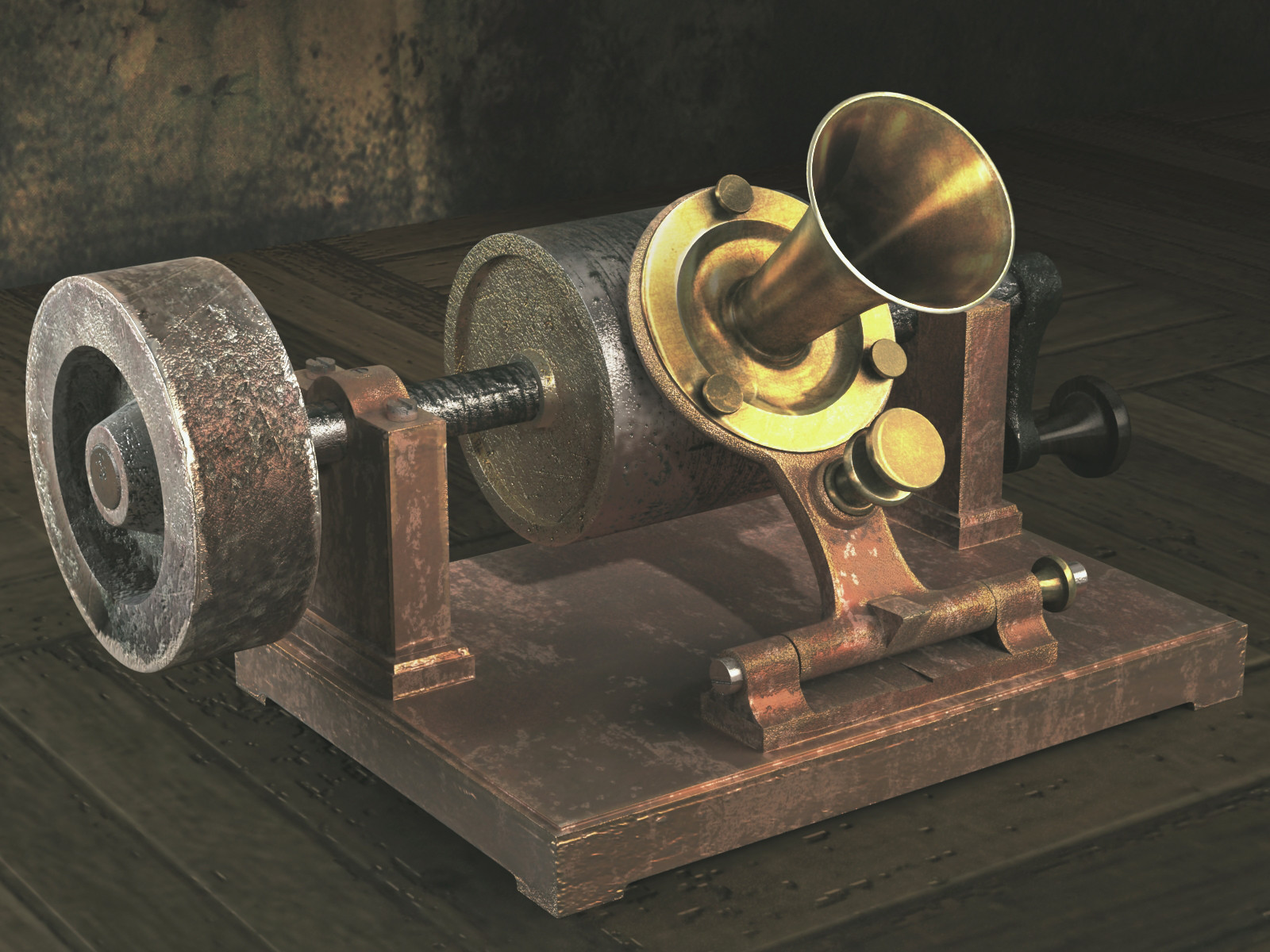Hi
Audio is clearly defined. That is what we hear, anything we hear or could hear...
Hi-Fi is less clear. There isn't an universally accepted set of measurements that defines "Audio" High Fidelity. It is a bit like "pornography".. people kind of know what it is.
It is however quite possible to define a threshold for what should be hi-fidelity, i-e high fidelity, likeness to the signal on the medium. There sre some standards mainly from the European Union and its North American counterparts. One of these is the EN 61305-3:1995. I don't know the particular of this standard but it does exist and any equipment that passes it is deemed "Hi-Fi".
And we are at a point where for the purpose of reproducing what is in the medium a $9.95 DAC is all that one needs.
For amplifers able to push 25 watts in each channel with a SINAD of 75 dB (a somewhat arbitrary threshold for audibility) a 20 to 20 KHz + or - 0.5 dB) is below $100.oo,AIYIMA A07 TPA3255
Then comes the transducers. There, what is "Hi-Fi", is kind of complicated.... There are a few studies, mainly from Harman that try to define what makes those "Hi-Fi", for speakers and in earphones... but it remains a difficult search. For now we have these as models. If transducers approach those models they are likely good for more than %60.oo of the world population ( I am shooting in he dark.. I need help, numbers

), would deem those transducers , at least, "good".
Interestingly enough the monetary threshold for such is surprisingly low IMHO: $50.oo the TRUTHEAR Crinnacle Zero @ $50.oo is that kind of transducer.
my $0.02.
Peace.


 1,600 × 1,200
1,600 × 1,200